Peggy Orenstein, the author of seven bestselling books on girls, boys, women, men, sex, self, and the culture, has a lot of well-earned grit. She’s gone through two rounds of breast cancer, six years of infertility treatment before the pregnancy that resulted in the birth of her daughter Daisy, now 19; the pain of the recent death of her mother, and the mental decline of her father—and more.
She is also multi-skilled: A practitioner of yoga for 20 years, she has tried windsurfing, has tinkered with the guitar, is a cook (but not as good of one, she says, as her husband (Oscar-winning documentarist Steve Okazaki), a grower of fruit and vegetables in her Berkeley garden, an avidly environmentally aware consumer, and a lifelong knitter, a craft she learned from her mother. (SLFHM is her acronym for the many women who similarly learned the skill from theirs.)
So it is perhaps not surprising—given her relish for yarn work and her enthusiasm for taking on new challenges—that, when the pandemic hit, she decided to spend an entire year undertaking perhaps the wackiest challenge yet. (“Everything already feels so hard in the middle of a pandemic; why am I trying to do something even harder?”) She learned to knit a sweater from absolute scratch. It’s also not surprising, given her way with words, that she wrote a book about the sweater: Unraveling: What I Learned About Life While Shearing Sheep, Dyeing Wool, and Making the World’s Ugliest Sweater.
Time to Make the Sweater
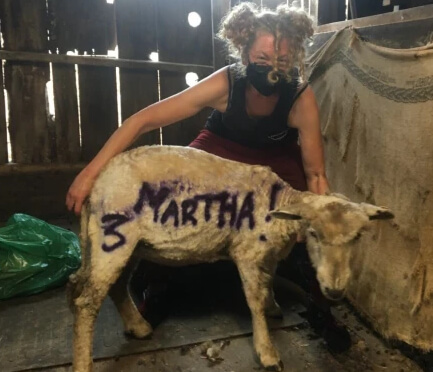
Orenstein with the sheep who gave her wool for the sweater
She sheared the wool, which involved a hilarious interspecies fandango: her ewe, Martha, “leaning on my thighs as if I’m a human Barcalounger.” She carded the wool a “super-super-boring” task that involves brushing it back and forth between “two things that look like dog brushes.” She spun it on a spinning wheel, dyed it in massive vats of hot water filled with plant leaves and powdered metal, which she hectically ferried back and forth to her wooden deck, and, finally, knit her sweater: a “ridiculous” three-pounder: pink, yellow, green, and purple on an indigo base.
Finally, she knit her sweater: a “ridiculous” three-pounder: pink, yellow, green, and purple on an indigo base.
She discovered, in the process, a hidden world of feminist heroes—like the early 18th century’s Eliza Lucas Pinckney, who, at 17, was the first person ever known to successfully cultivate indigo—and the Lowell, Massachusetts female mill workers who in 1834, were the first workers in America ever to go on strike. And, because 95 percent of shearers throughout history have been men, she went out of her way to find a female shearing mentor—a queer feminist poetry major named Lora who works on a farm specializing in “regenerative agriculture.”
But if the book sounds all Bay Area super-earnest, it’s definitely not. Her writing is mostly conversational, wry and witty, albiet with flashes of the rhapsodic.
The book abounds in fun facts. Who knew there was a New Zealander known as the Nureyev of Shearing? Or that Petaluma, California was “the arm wrestling capital of America”? And not-so-fun facts, both political (the jackets of elite Nazi airmen were lined with the fur of 65,000 rabbits) and bodily (snail anuses and urine vats have had a role in wool dying).
Read More: Finding a New Hobby and My Buttercream Bliss
The Known and the Unknown
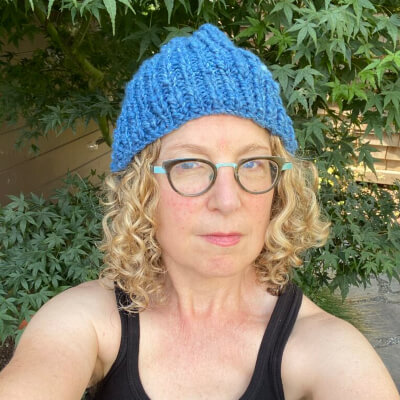
Orenstein in one of her creations
Peggy and I talked by phone—she in Berkeley, me in Manhattan—while she was in the middle of her book promotion. “Books are a braid,” she says. She braided her life, her concerns about feminism and environmentalism, as well as her closeness to her departed knitting-partner mother into the story of the making of the sweater.
Why don’t we think about our clothing like we think about our food?
“Writing about color was the coolest part,” she says. “I thought of writing a whole book on that subject.” In her beguiling uncovering of a process—creating color through dyes —that we might never have thought about before, Peggy devotes an entire chapter to the magic and mutability of blue.
Peggy starts with Joni Mitchell’s beloved song of that name, and by the time she has finished wrestling with indigo to make her own blue in her huge water vat, she has taken us on a tour of the history, complexity, and glamour of the hue. We believe her when she says that “blue is . . . a spirit, a rhythm, a melody, a relationship, a concept.”
“‘With books,” she says, “there’s the part you do know, and there’s the unknown. The part that I did know was that I was going to shear a sheep, and process the fleece, and spin it, and dye it, and do this Little Red Hen thing. The part I didn’t know was about sustainability in fiber and how important it was. Why don’t we think about our clothing like we think about our food? We’re all interested in organic and local and recycling and composting and who is making our food—but then we go off to H&M for plastic clothing.”
She’s in favor of “pushing for reform of the fashion industry so they’re no longer destroying the planet at a greater rate than air travel and maritime shipping combined, which is currently going on.” She says, “It’s overwhelming to contemplate, but there’s great stuff being done: wonderful organizations working on it in Europe—that’s something we can support.”
The Hit Parade: Sex and Love
Peggy’s first book—1994’s Schoolgirls—sensitively and thoroughly describes the steep decline in confidence that occurs at adolescence when girls start equating being female with reserve and restraint. “I wrote it about girls, and educational inequity, and body image.”
Foreshadowing her new book’s entire subject matter, the last line of Schoolgirls is, “That’s the way you teach about gender—[emphasis added] one stitch at a time.’” Peggy ends Unraveling with Daisy off to college; her 95-year-old father in a facility in Minnesota, weakening from dementia but still alive; and she and Steven trading their Berkeley Hills home for one in the very low flats, with lemon trees in the backyard. The new house is far enough from the fire zone “for now,” she writes. “And if I’ve learned nothing else from the last [pandemic] year, it’s that ‘for now’ is all we have. Because life, like a sweater, can come together or unravel: slowly, arduously, then oh so very fast.”
Life, like a sweater, can come together or unravel: slowly, arduously, then oh so very fast.
Between Schoolgirls and Unraveling were six books that plumbed the experience of being female—and male—in America. With 2000’s Flux: Women on Sex, Work, Love, Kids and Life in a Half-Changed World, she probed hundreds of women in their 20s, 30s, and 40s about the part-traditional, part-feminist world they inhabited. Waiting for Daisy: A Tale of Two Continents, Three Religions, an Oscar, an Atomic Bomb, a Romantic Night, and One Woman’s Quest to Become a Mother, was her witty, self-deprecating memoir about meeting Steven—their meeting, a happy byproduct of leaving Manhattan, where she’d moved after college, for the Bay Area—and marrying him. Following her initial refusal to have children, she attempts at 35 to get pregnant—with one ovary and amid infertility, breast cancer, and miscarriages. She tried everything from IVF, to acupuncture, to egg donation, to the Japanese Buddhist ritual of jizo.
With 2016’s Girls and Sex, Peggy interviewed 70 young women between 15 and 20 about sexuality, discovering myriad ways that, while they were expected to perform sexually for boys, their own sexual pleasure was often “unspoken” and unacknowledged. One of the virtues that critics noted about her was that, as closely as her books may have comported with her feminist worldview, she always went out of her way to honor the opposing viewpoint, even in some small manner. Astonishingly, “only two” of the girls she interviewed for the book “ever had substantive conversations about sex with their dads,” she tells me. ‘The rest laughed when I brought the subject up.”
Those two girls were members of a definitely non-feminist community known for their “purity balls,” to which fathers escorted their avowedly virginal-until-marriage daughters, who were dressed all in white. “I didn’t agree with what the fathers at the purity ball were saying—to me, purity and hyper-sexualization are flip sides of the same coin. But I did appreciate that they were communicating with their daughters and that they were taking this time together to deepen their bond, create trust, and discuss their values and ethics around sex. So, yes, it would be easy for me to slam the purity balls (and I do think they are misguided and ultimately harmful), but when I turn my gaze back on the world I live in, all I see is total and utter [father/daughter] silence on the issue, and that is honestly not a heck of a lot better.”
Girls, Boys, and the Changing Landscape
In Cinderella Ate My Daughter, she examined the “Princess Industrial Complex” that developed in 2000, resulting, nine years later, in sales of $4 billion. And though she was critical of the phenomenon, Peggy developed—with the book—her reporting motto: Fight fun with fun. “What I meant was: You can’t convince a girl that you’re giving her more options if you’re constantly saying no. But it was challenging then—today it’s easier—to find things to say yes to. So if, for instance, you don’t want to load girls down with pre-manufactured princess dresses, get them some Sarah’s Silks—beautifully colored huge silk rectangles that can be princess dresses but can also be 1,000 other things.”
Boys and girls tell her that her books are so binary.
Her book Boys & Sex: Young Men on Hookups, Love, Porn, Consent, and Navigating the New Masculinity was published in 2020—just as the pandemic was starting. On NPR’s “Fresh Air,” she spoke of how frequently boys used the adjective “hilarious” as a defense. She explains to me: “When something makes them uncomfortable or they find it confusing or inappropriate, it’s a safe haven. Rape jokes. Sexually violent memes. ‘Hilarious’ keeps them from being stigmatized or targeted. But it’s also another force that severs boys’ heads and consciences. So when boys call something that degrades or defiles women ‘hilarious,’ it normalizes the dehumanization of women and girls. And that’s not harmless at all.”
Though her findings on each gender’s relationship to sex hold true today, the landscape has changed a lot since she wrote those books. About the titles alone, “Girls and boys will say to me, ‘Umm, they’re so binary!’” she laughs. “I didn’t see that coming!”
Into the Wool
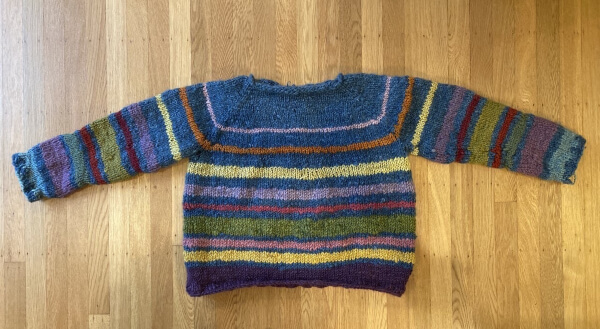
Not so ugly . . . really
While Boys & Sex was being published, Peggy had been thinking of doing a magazine article on the subject of learning to shear. Though on the surface a piece on sheep-shearing might seem different from her other work, it was actually connected to it, she says: having to do with women’s work and women’s aging. When the pandemic kept her from doing her usual work of going around the country and interviewing dozens of people, she settled on the approach she ultimately adopted: She would learn to shear herself. Thus came Unraveling.
You pour out your whole heart and soul to this person—and then, they leave?
With the research for the book finished, Peggy looked at the post-pandemic world with—surprisingly—a bit of panic and sorrow. Steven was retiring (at 71, he’s 10 years older than she is). Her father died last August, just a week before his 96th birthday. And, most significantly, Daisy was off to college. “It was hard to figure out how to connect back to the world, and it was particularly weird because during lockdown, Daisy and I had spent more time together—in a tiny house—than any time since she was an infant. I couldn’t even leave the house to work!”
“But after she left for college”—a West Coast school known for its liberal arts—”it was very, very, very hard for me. I really grieved her loss, and I felt at sea. I thought, ‘Jeez! You spend 18 years as a mom! You pour out your whole heart and soul to this person—and then, they leave? What the heck is that about?’
But then sometime this fall, her second year, she started enjoying school more. And I got a bit of my head back, thinking, ‘I actually can see my friends, I can exercise more, I can just lie back.’”
Next up for Peggy is a possible part-time fellowship at UCSF’s Global Brain Institute. She’d concentrate on “the brain and aging—my father’s situation. I don’t know if it will yield a book or other things, but it seemed like a really interesting place to spend some time.”
Now, after the pandemic: “Life is not the same as it was before,” she says, “but I’m finding my footing in this New Normal.”
As, indeed, we all are.
Read More: Do You Know the Truth Behind the Clothes You’re Buying This Shopping Season?

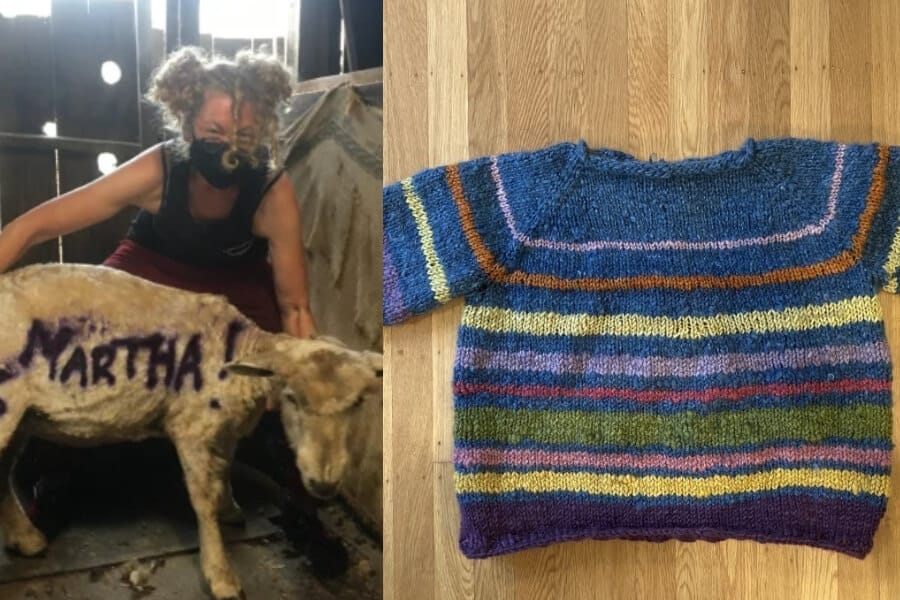
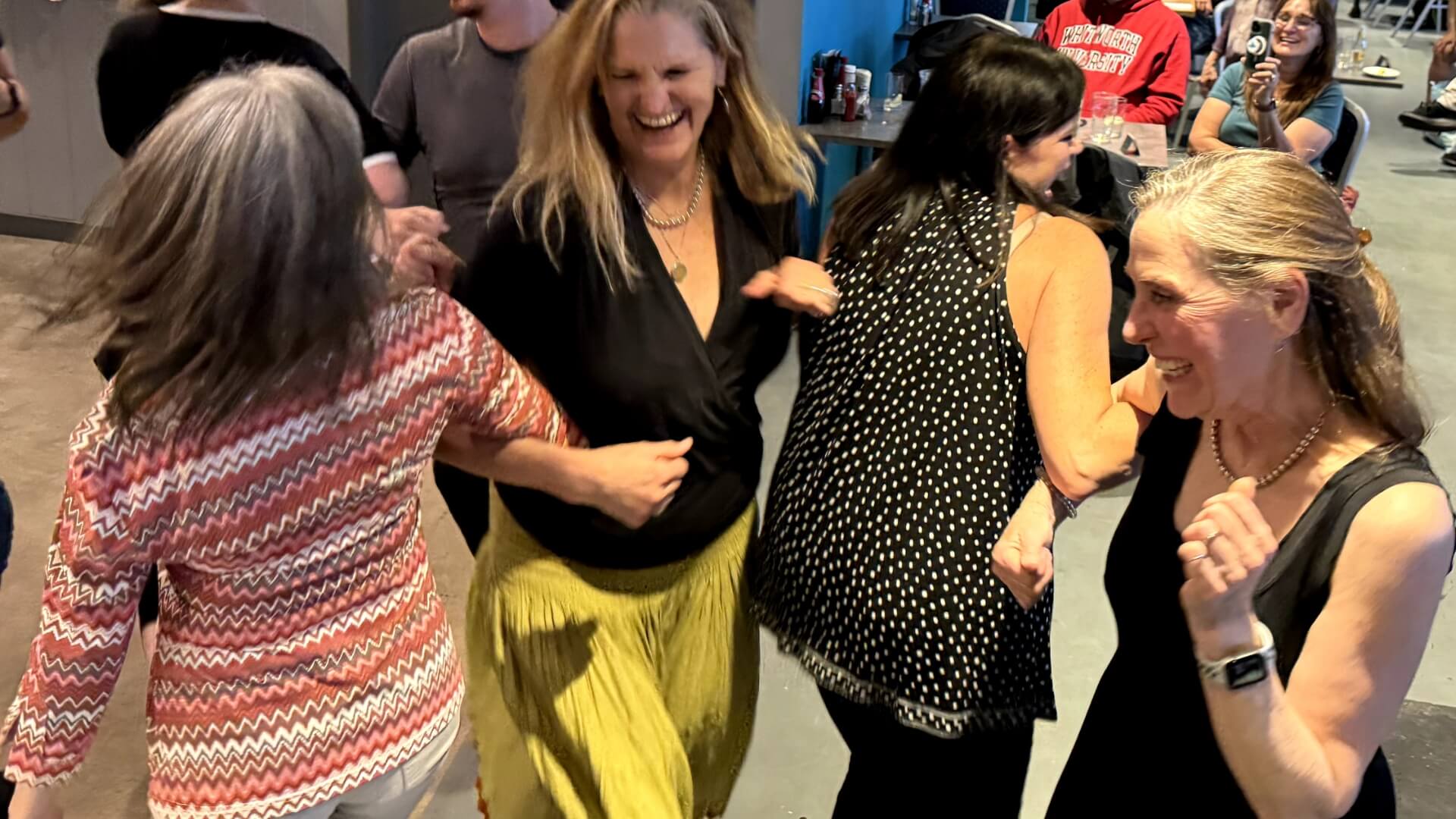
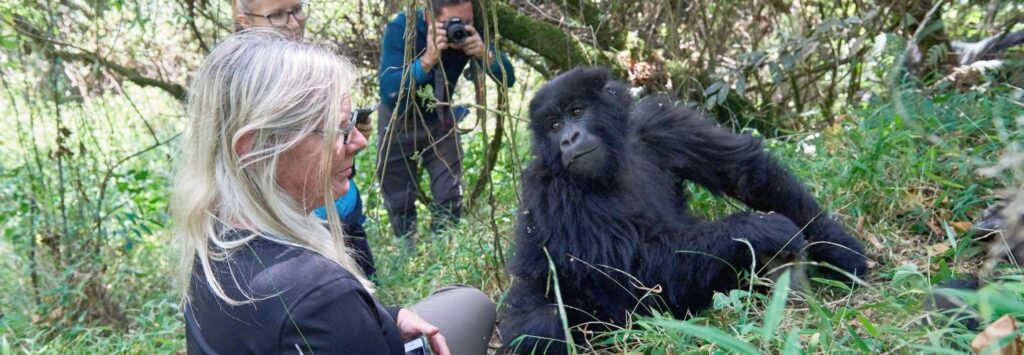

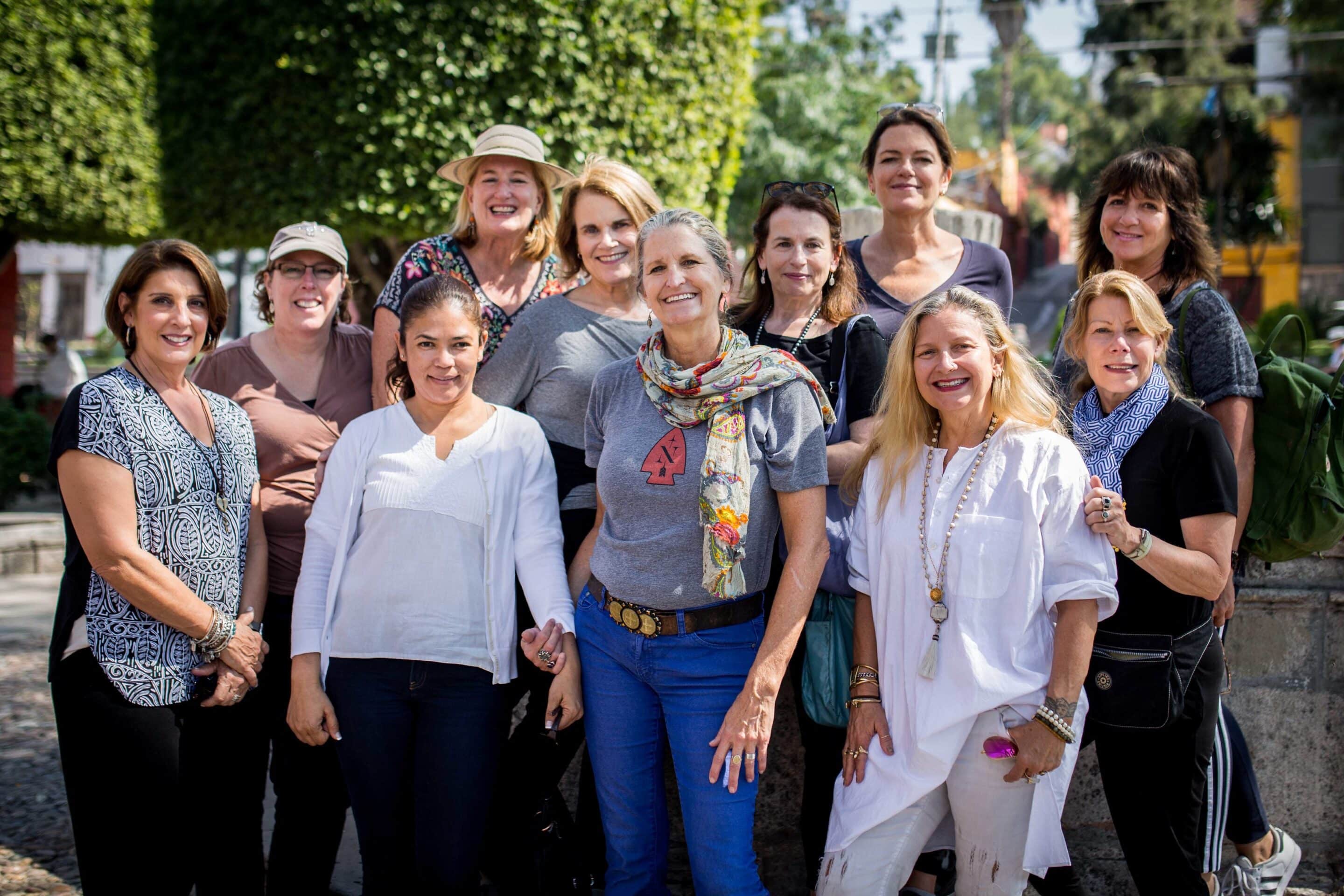

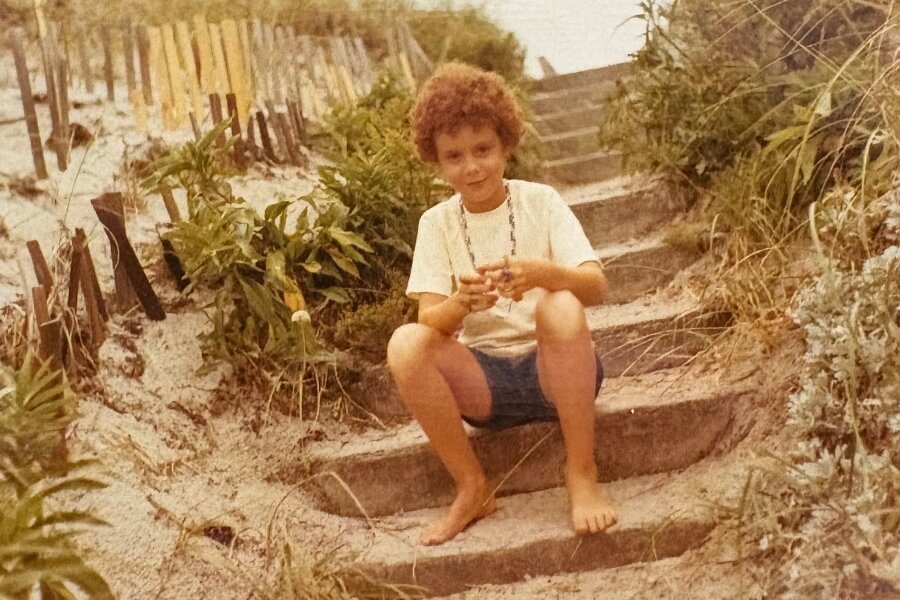

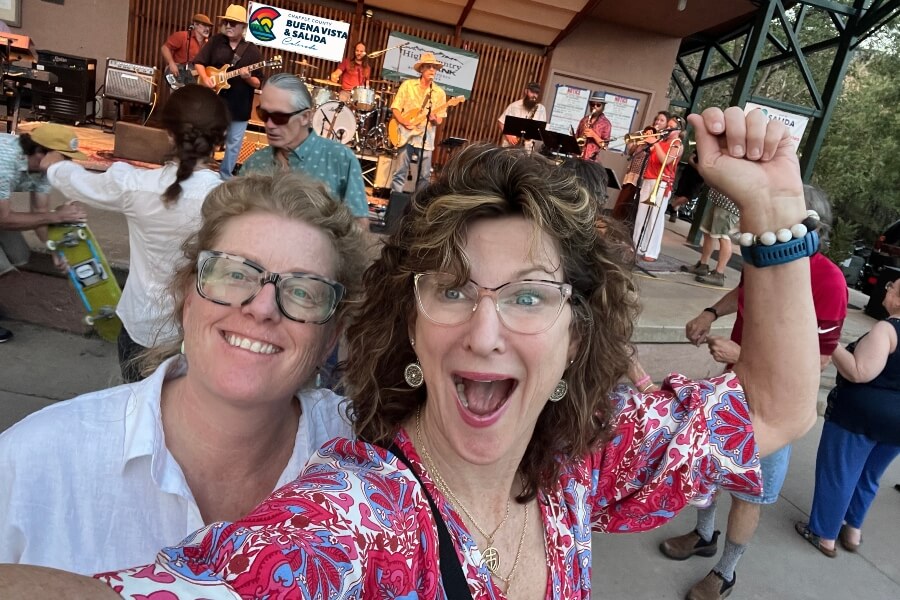


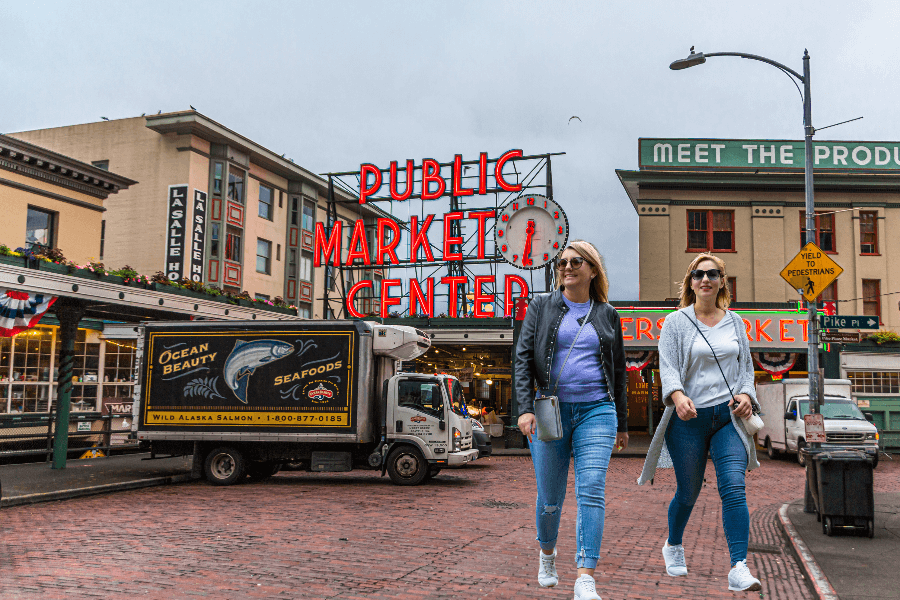




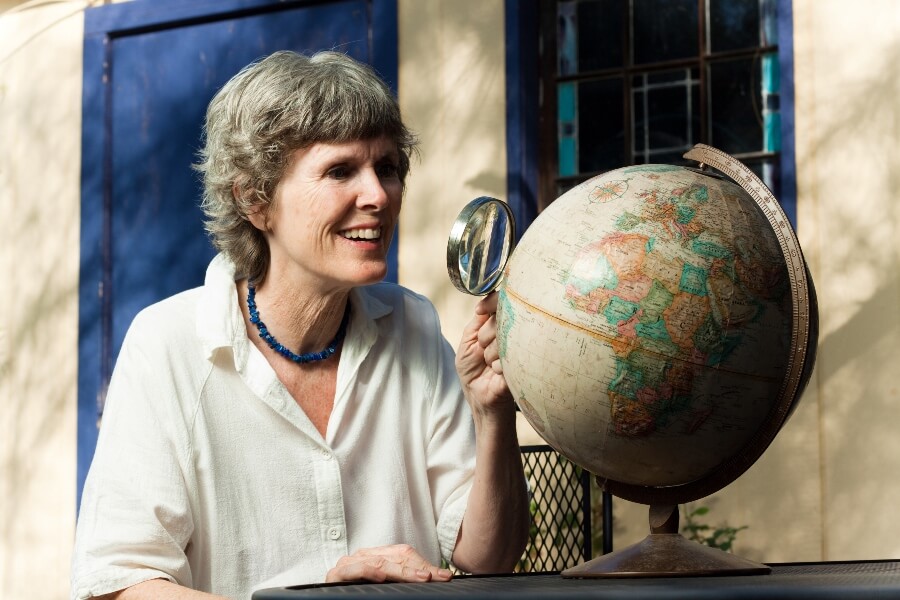
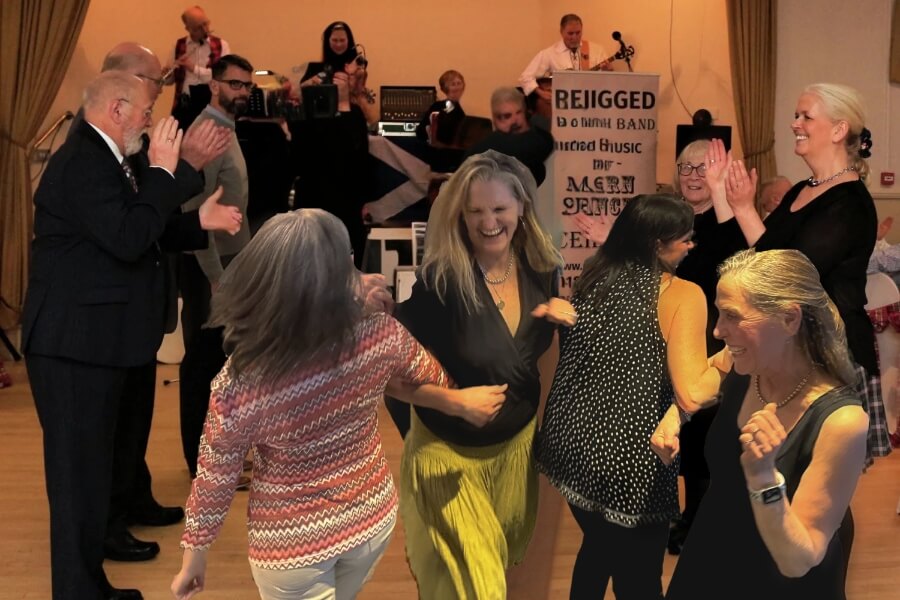

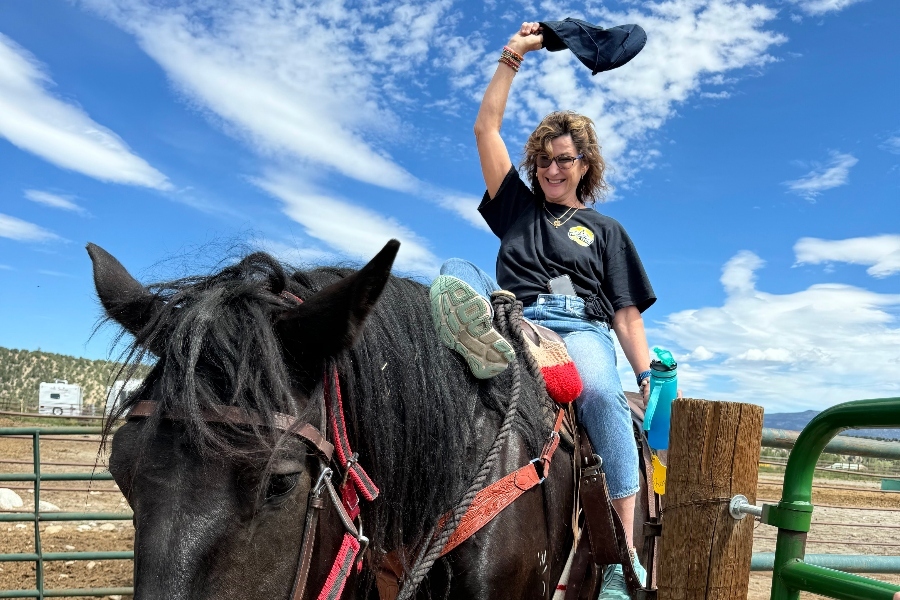


0 Comments